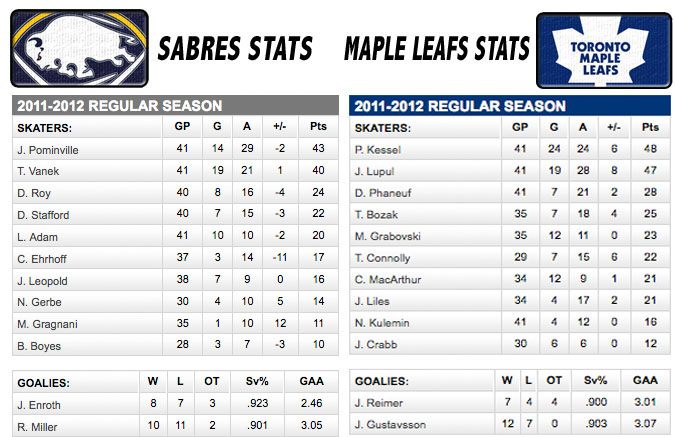The Titans have a new head coach, Ken Whisenhunt. Whisenhunt has been a head coach before. Whisenhunt will be heavily involved on the offensive side of the ball, including calling the plays. Whisenhunt in his previous head coaching stint was heavily involved in the offense, too. The draft is coming up. Thus, I wondered what Whisenhunt’s Cardinals team had done in the draft on offense.
And came up with the following chart.
| Round | QB | RB | WR | TE | OT | OG | OC |
|---|---|---|---|---|---|---|---|
| 1 | x | x | x | ||||
| 2 | x | ||||||
| 3 | xx | x | |||||
| 4 | x | x | |||||
| 5 | x | xx | x | x | |||
| 6 | x | ||||||
| 7 | x | x | xx | xx | x |
Each “x” represents a draft pick. So, for instance, in the six drafts for which Whisenhunt was the head coach in Arizona, they drafted one tackle in the first round (Levi Brown at #5 in 2007) and no other offensive lineman of any sort in the first three rounds. What does this chart tell us?
This chart may tell us nothing. This is what has happened in the past. What happens in the past is sometimes, maybe even often a reliable guide to what will happen in the future, but that comes with no guarantees. Ruston Webster is the general manager, and the Titans last year spent a first-round pick on a right guard. Spending the tenth pick on a right guard and drafting one guard in the first six rounds in six years seem like different philosophies. In writing this post, my intent is not to declare the Titans will follow Whisenhunt’s Arizona draft tendencies. Rather, it is to see what those tendencies are, in case they do actually follow them.
Whisenhunt’s biggest draft investments came in “skill position” players. Seven draft picks in the first three rounds in six years, six of them on players who get the football from the quarterback. One of the things I keep saying is you draft what you can’t develop or otherwise find elsewhere, and Whisenhunt seems to put a premium on acquiring those players. I should stress, though, that this isn’t necessarily a Jeff Fisher/Floyd Reese-like concentration on athletic upside risks. Looking over the list of picks, there’s no player who stands out to me as an athletic marvel like a Tyrone Calico, Chris Henry, or Chris Johnson. Rather, the traits must be accompanied by collegiate production. The presence of third-rounders Andre Roberts (Citadel) and Rob Housler (Florida Atlantic) suggest that production doesn’t have to be a the top collegiate level.
Lack of draft investment may help explain Arizona’s offensive line and quarterback struggles. The Cardinals struggled to protect, couldn’t run-block, and once Kurt Warner retired couldn’t throw well. At the same time, they didn’t select a quarterback before John Skelton, and didn’t spend a single high pick on a tackle. Okay, this chart is a little misleading-the Cardinals invested more draft resources in quarterback than this chart suggests. Matt Leinart was their first round selection the year before Whisenhunt arrived, plus they had Warner. That covers 2007 and 2008’s lack of investment. Further, the chart doesn’t include the second-round pick they traded to the Eagles as part of the Kevin Kolb deal. That’s still a draft pick spent on a quarterback, even if it’s not a draft pick used on a quarterback.
Defense may be a higher draft priority than the offense. Looking at the range of picks where the Titans find their players, Whisenhunt’s Cardinals teams used 9 top-4 picks on offense and 13 on defense. The first and third round selections were balanced, but four of the five second round picks (four of six if you include that Kolb deal) were used on defensive players. The majority of fourth round selections made were also used on defensive players. It was really the fifth and seventh rounds (12 of 13 picks) where Whisenhunt’s Cardinals acquired players on offense. (Curiously, that sandwiched a sixth round that was similarly defense-oriented.)
Possible Takeaways
1. RB is absolutely on the table in the second round.
2. I’ve been leaning toward a draft that is defense-heavy in the early rounds, both because I think the Titans have passed on better defensive prospects in the first round of the last two drafts and because of the scheme change and Ray Horton’s defense. Whisenhunt’s drafts suggest this could be the case.
3. Expect some Day 3 picks on offensive players.
4. Actual selections will be heavily influenced by the current state of the Titans roster and the actual shape of the 2014 draft board relative to the Titans’ needs as perceived by Ruston Webster and Ken Whisenhunt, not predestionally determined by Whisenhunt’s drafting history.
Add The Sports Daily to your Google News Feed!
